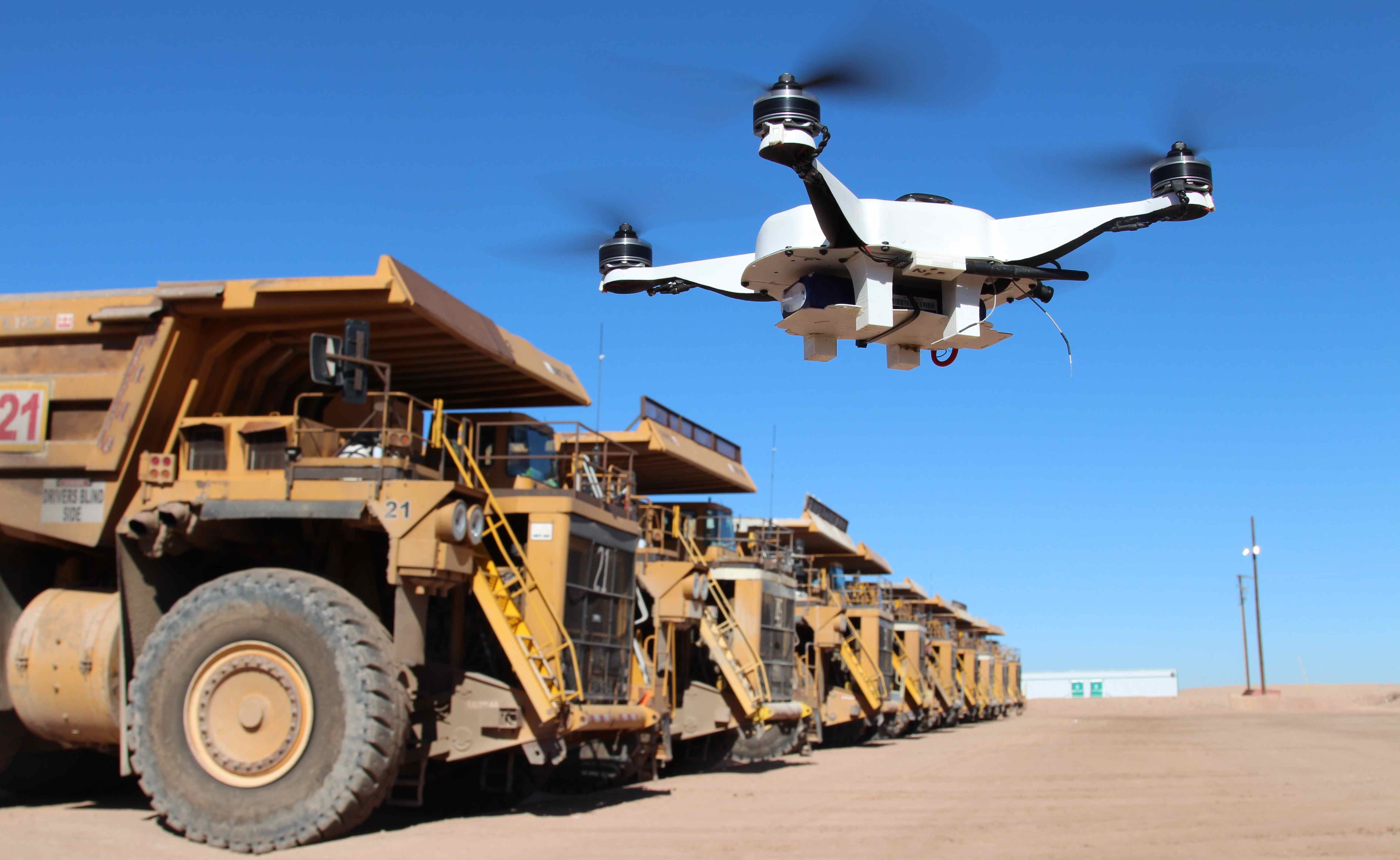How Drones Revolutionize the Resource Extraction Industry
The mining industry has long been associated with rugged terrain, challenging conditions, and heavy machinery. However, in recent years, a new ally has emerged in this sector, one that soars above the difficulties and brings unprecedented efficiency to the process: drones and related services. Let's delve into how these aerial wonders are reshaping the mining business.
Exploration and Surveying
Mining operations begin with the crucial task of exploration and surveying, where drones shine brightly. With their ability to access remote and hazardous areas, drones equipped with advanced sensors and cameras provide unparalleled insights. These devices can swiftly and accurately map terrain, assess geological formations, and identify potential mining sites.
By replacing traditional, labor-intensive methods, drones reduce the time and cost involved in site selection. Additionally, their data helps mining companies make informed decisions about the feasibility and profitability of a location.
Efficient Inventory Management
Mining operations generate vast quantities of materials, which must be carefully managed to maximize efficiency and profitability. Drones assist in inventory management by tracking stockpiles, measuring stockpile volumes, and monitoring material movement.
Using LiDAR technology and high-resolution cameras, drones create 3D models of stockpiles, enabling precise volume calculations. This real-time data improves resource allocation, reduces waste, and enhances operational efficiency.
Enhanced Safety and Inspections
Mining is a high-risk industry, with safety concerns a constant priority. Drones play a pivotal role in enhancing safety by conducting inspections and monitoring operations.
Drones can access areas that may pose risks to human inspectors, such as unstable slopes, high walls, or underground tunnels. They are equipped with thermal imaging cameras to detect hotspots that might indicate potential issues like equipment overheating or fire hazards.
Regular drone inspections also contribute to proactive maintenance, reducing the likelihood of costly breakdowns and downtime. This, in turn, ensures the safety of on-site personnel.
Environmental Stewardship
Environmental regulations and sustainability concerns are increasingly important in mining operations. Drones equipped with environmental sensors can monitor air and water quality, track erosion, and assess the impact of mining activities on the surrounding ecosystem.
This data enables mining companies to comply with environmental regulations, minimize their footprint, and proactively address potential issues. Drones can also assist in reclamation efforts, helping restore mined areas to their natural state.
Challenges and Future Innovations
While drones offer numerous benefits to the mining industry, challenges persist. Regulations, particularly regarding airspace and privacy, must be navigated carefully. Ensuring that drones comply with these regulations and respect local communities' rights is essential.
In the future, we can expect continuous innovation in drone technology for mining. Autonomous drones, powered by artificial intelligence and machine learning, may be capable of performing complex tasks like drilling, blasting, and hauling materials. These developments will further improve efficiency and reduce the need for human intervention in high-risk environments.
Conclusion
Drones and related services are transforming the mining business, providing invaluable tools for exploration, safety, inventory management, and environmental stewardship. As the industry continues to evolve, drones will undoubtedly play an even more prominent role, driving efficiency and sustainability in resource extraction. They are not just mining tools; they are the mining industry's partners in progress.
